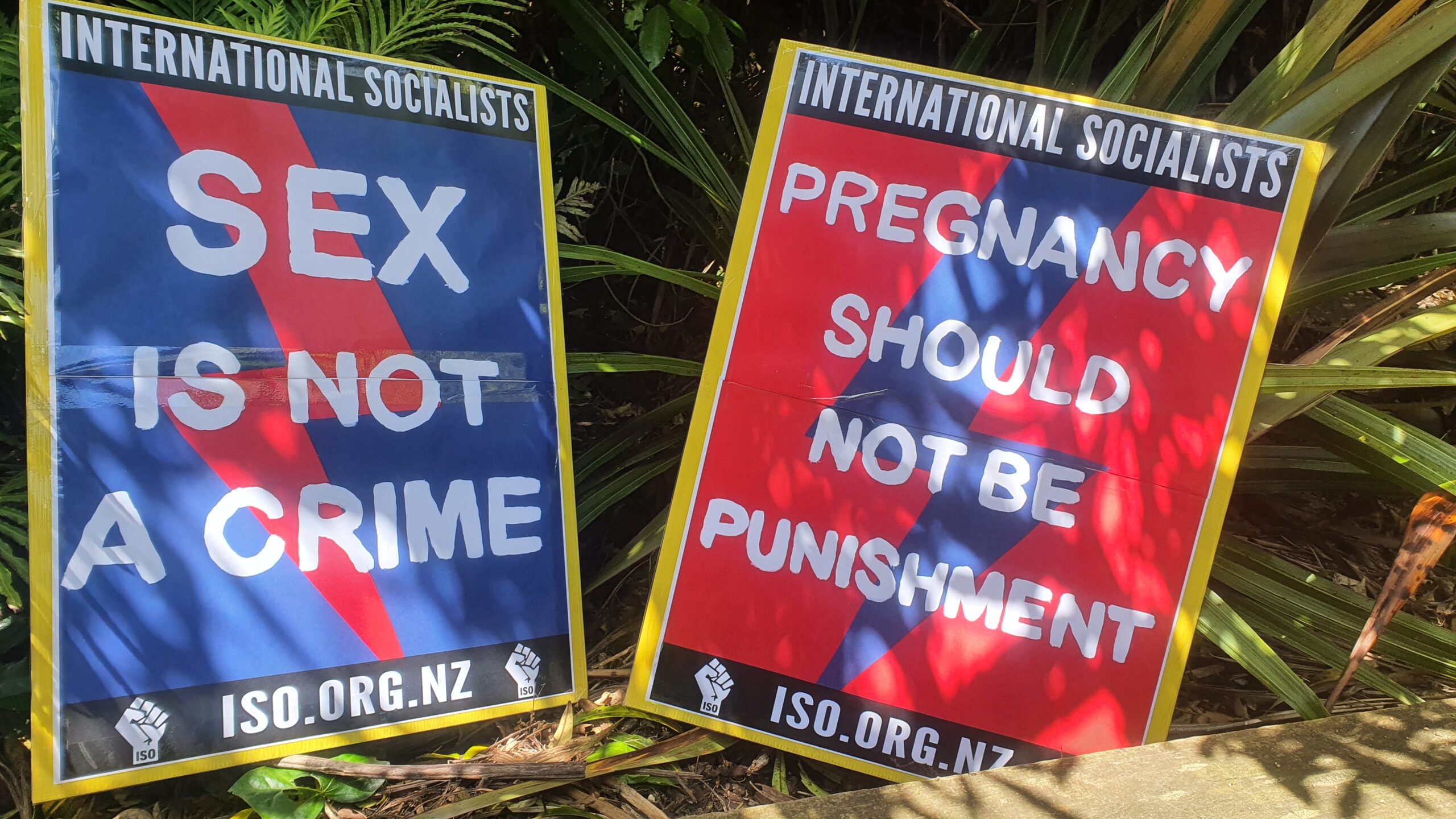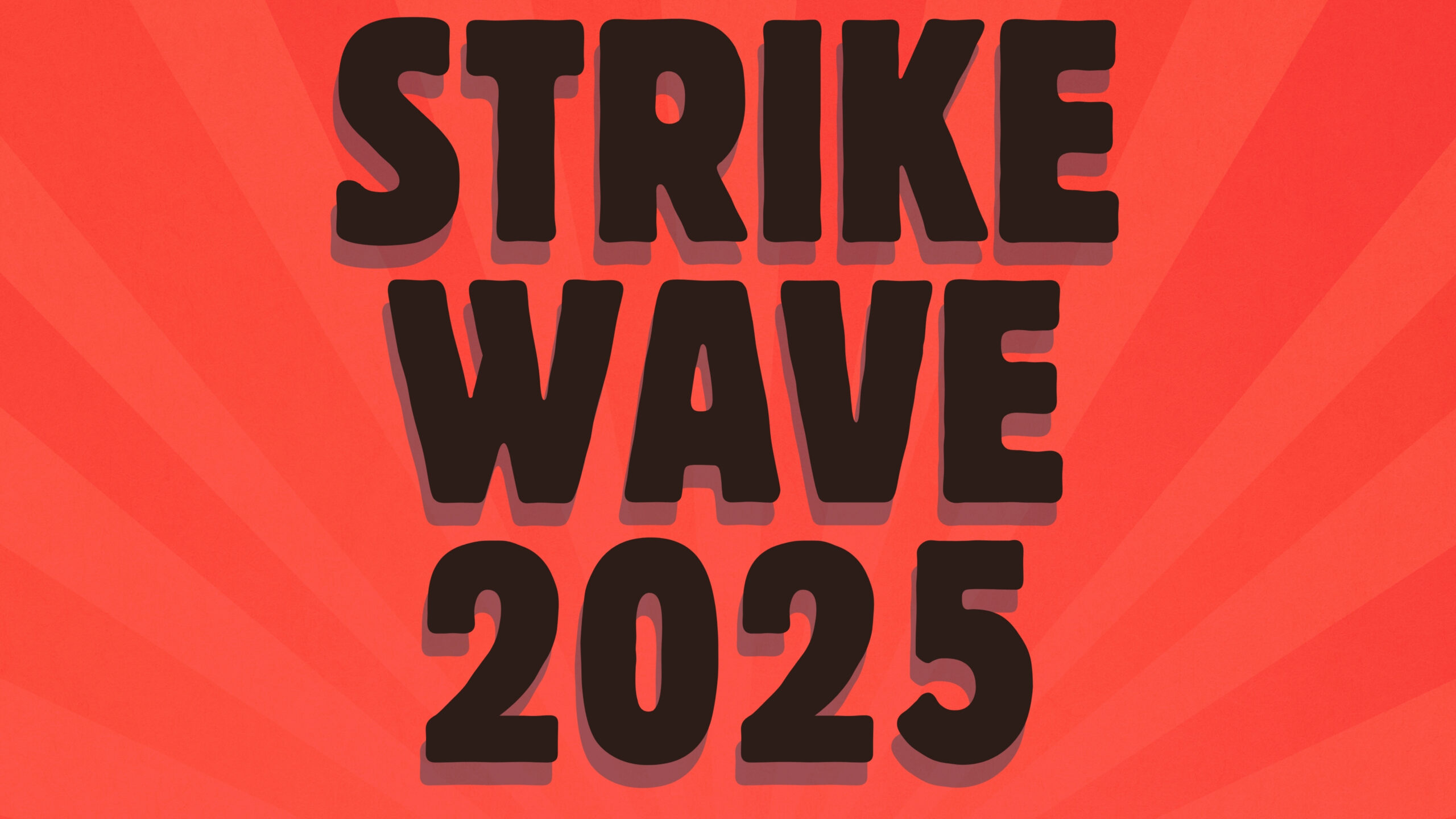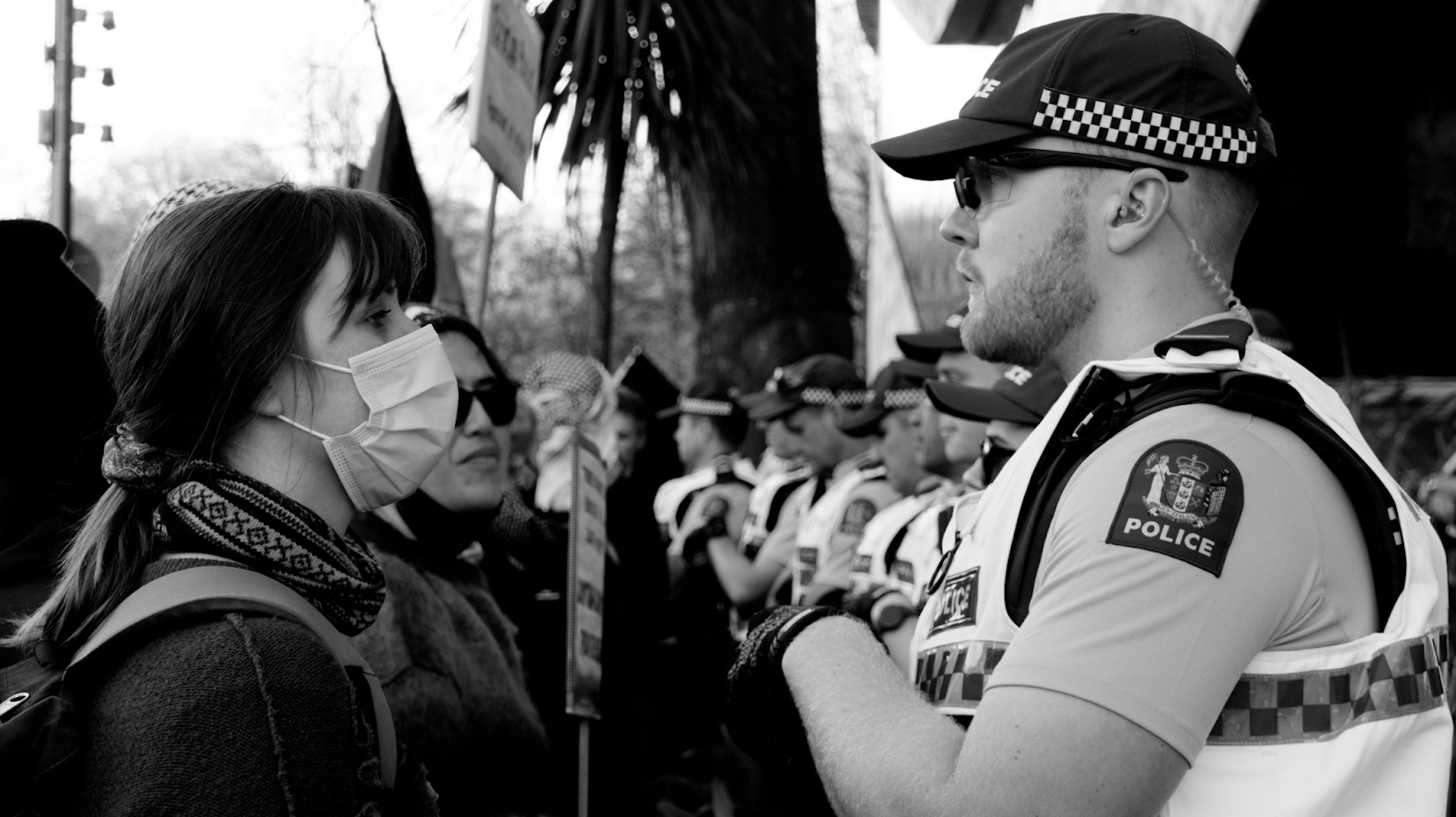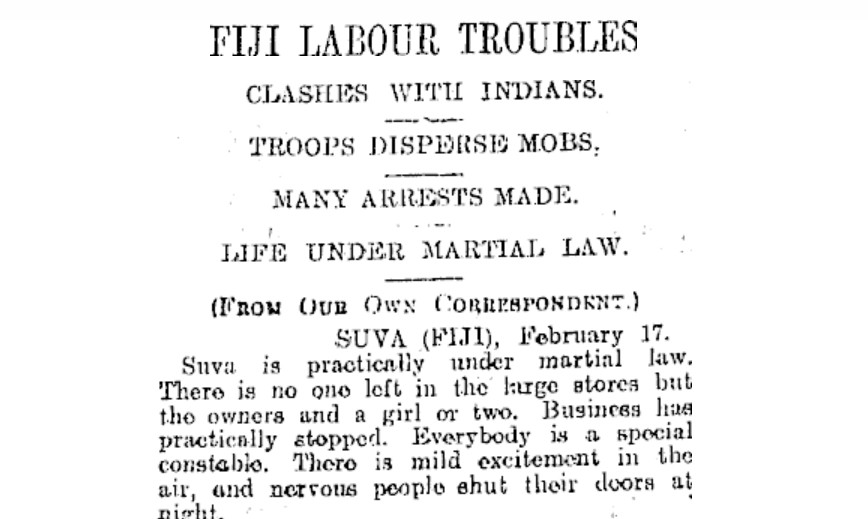When an abortion service started in Invercargill last year, anti-abortionists quickly mobilized against it. An anonymous e-mail was to sent to the Abortion Law Reform Association NZ threatening ALRANZ and clinic staff: “People who work at the clinic are legitimate targets and so are you. You’ll be hearing from me again, that is if your computer, or in fact your premises, are in one piece”. Disgustingly, Bill English, whose electorate is in Southland and who is an antiabortionist himself, refused to condemn such threats of violence.
Threats by antiabortionists and support for their actions from politicians are sadly nothing new. As feminist author and journalist Alison McCulloch meticulously documents in Fighting to Choose: The Abortion Rights Struggle in New Zealand, threats, violence, arson and bomb attacks have always been mainstays of anti-abortion campaigning. Arson was the fate of the very first abortion clinic Auckland Medical Aid Centre, opened in 1976.
Abortion today
Fighting to Choose is a tribute to the heroic women and men who fought for the pro-choice platform that we take so much for granted today. Against all the odds, pro-choice activists took on the 95% male government, a conservative medical association, the media, the Catholic Church, and a rabid antiabortionist organisation SPUC. While they did not manage an outright victory, pro-choice campaigners forced concessions to enable women greater access to abortions. The number of women who have safe abortions in New Zealand today is a testament to this partial victory.
If Fighting to Choose is a tribute, it is also an intervention in an ongoing fight to decriminalize abortion. McCulloch offers an honest appraisal of the contradictory situation women face today: the failure to decriminalize abortion on the one hand, but the reality that, however demeaning, cumbersome, and time-consuming the process, women have greater access to abortion now than ever before.
McCulloch spells out what this contradictory situation means for women today: “women still endure a powerful cultural taboo against abortion that is codified in a set of punitive laws passed by a conservative and overwhelmingly male Parliament. There is no ‘right’ to choose abortion in New Zealand, and the access that women do have is under constant judicial and political assault.”
Fighting to Choose is an absolute must read for anyone interested in abortion and reproductive justice. But more than this, the book offers lessons for women fighting to decriminalize abortion today.
Should we focus on street marches? Do we prioritise lobbying politicians and other respectable members of the public? Should activists tone down the message of “women’s right to choose” and make it an issue of “health and safety”? These are all questions that have ongoing relevance and are thoroughly examined in McCulloch’s book.
Reform or repeal?
In the 1970s, it was the more radical Women’s National Abortion Action Campaign (Wonaac) that emphasised the need to repeal the laws on abortions and organised street marches and protests to emphasise the message of a women’s right to choose. The more conservative Alranz took the approach of health and safety and lobbying respectable people like politicians, doctors, etc. While both organizations worked together when they could, McCulloch observes that “in the rush to find the mythical middle ground of the abortion issue in the 1970s, Wonaac was frequently sacrificed by those looking to appease nervous politicians.” McCulloch sees a naivety at the heart of reformist strategy:
“Proponents of the reformist strategy seemed convinced that their sheer reasonableness would win the day. Not only were they wrong, but also in rejecting the feminist platform, some of the 1970s reformers helped undermine their own cause and weaken their own movement.”
Indeed, one of the major lessons that McCulloch emphasises in different ways throughout the book is that “being defensive about abortion in the face of a conservative moral agenda doesn’t work.”
It is a little-known fact that the slogan ‘abortion on demand’ was propagated by the antiabortion camp to paint pro-choice activists as ‘extremists’ and to keep these activists on the back foot. In doing so, Spuc could claim the moral high ground. McCulloch writes that this strategy “was one of Spuc’s major successes. And it was a success Wonaac and other pro-choice groups did not – and arguably have not – managed to fully counter’.
The support for antiabortionist SPUC was formidable. With backing from the Catholic Church and political establishment, including key figures in the Labour party, SPUC had money and influence in a way that the pro-choice movement could only dream of and “were never … shy about being certain, about placing this much bigger moral agenda behind abortion, yet feminists and pro-choice supporters have taken many of these questions at face value.”
Women’s Liberation Movement
Another strength of this book is the way in which the abortion rights campaign is contextualized within the wider women’s liberation movement. Pro-choice activists “cut their political teeth opposing the Vietnam War, racist rugby tours, environmental degradation and even rules against mixed flatting. Universities were the incubators for much of this political activity, and more and more women were enrolling”.
Just because you were active in women’s liberation, it didn’t automatically mean that you would be pro choice. Co-founder of National Organisation of Women, trade unionist and campaigner for equal pay, Connie Purdue’s history shows contradictory consciousness. In the first United Women’s Convention in 1973, Purdue and 25 other antiabortion supporters walked out of the convention in disgust as the majority of the 1500 women present voted in favour of a pro-choice platform.
Alongside feminists, socialists in Socialist Action League (SAL) were also involved in the fight for abortion rights from the very beginning. SAL women formed an important core of Wonaac in its inception, and were “central to the direction Wonaac took” – particularly fighting against a reformist compromise on abortion rights. Their politics were particularly influenced by US socialist-feminist Lucinda Cisler. Cisler was far-sighted enough to warn feminists of, “the failure of repeal efforts would leave a relatively liberal practice unhappily wedded to a restrictive law … Cisler advised against accepting incremental changes to abortion laws … once a law was reformed, even to a minor degree, further change would become virtually impossible.”
Thirty-six years after the Contraception, Sterilisation, and Abortion act became enshrined, these warnings from Cisler are almost prophetic in the way she describes our current situation. The compromises, the look towards incremental changes has produced a law that is riddled with ambiguity, and which no lawmaker wants to touch because it is too “controversial”.
Royal Commission
“If New Zealand’s failure to liberalise its abortion laws”, McCulloch begins her chapter on the Royal Commission “can be tied to a single cause, it would be the 1975 – 77 Royal Commission on Contraception, Sterilisation and Abortion”. She continues:
“Its conservative and frequently poorly argued report … set the struggle for women’s reproductive rights in New Zealand back by decades.”
While SPUC undoubtedly contributed to this by hiring barristers and spending up to $118,000 to make submissions defending the “right to life”, McCulloch astutely notes that it was the process of the Commission itself that would entail failure. A “commission of inquiry … was not going to work with abortion, where everything is in dispute, where there is no middle ground … no neutral path, and, in the end, no way of avoiding coming down on one side or the other”. Elsewhere she continues, “inquiries can be extremely successful at muting political activity … for its [Royal Commission’s] duration, it effectively shut off all alternative routes towards change.”
Lessons
There are so many insights, hilarious Wonaac stunts, debates of the left and right in this brilliant book that it would be difficult to pin down one favourite. For me the best lesson in McCulloch’s book comes from her ending:
“Abortion is not just about abortion. Opponents with broader moral agendas have a vested interest in how we answer questions about whether or not a fertilized egg is a ‘person’, what its moral status is, whether or not the state or society should have a say in the abortion decision. They have never been shy about being certain, about placing this much bigger moral agenda behind abortion, yet feminists and pro-choice supporters have taken many of these questions at face value … embracing the complexity of the issue and in good faith trying to address it … While the pro-choice movement must take part in the wider discussions, there is at the same time – and both sides agree – really no ‘debate’ and no common ground.”
Future pro-choice struggles must be absolutely, unapologetically for a woman’s right to choose. But this struggle must also be a struggle for genuine women’s emancipation, one that challenges the very logic of a system that degrades women’s unpaid and unappreciated work in the home, a system that benefits from women getting paid less than men, and a system that is sexist to the core. Alison McCulloch’s fantastic, activist history contributes to that struggle.









